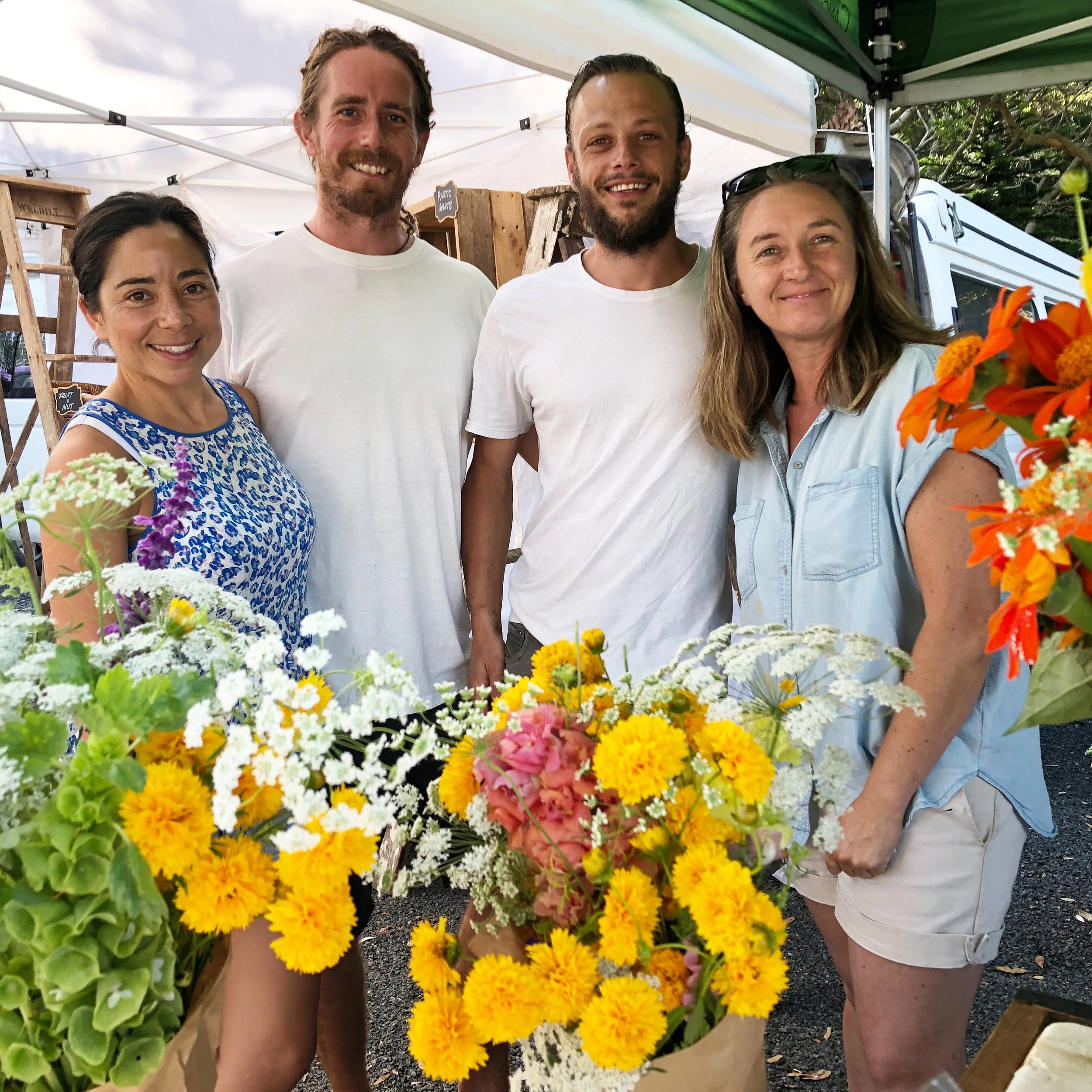The Grafton Primary Industries Institute is located at Trenayr, north of Grafton. The Institute is unique in NSW as it provides operational and research functions for agriculture, fisheries and forestry from the one location.
Cattle grazing, cropping, timber and fisheries are presently the mainstay activities of the Clarence Valley.
These diverse coastal industries are reflected in the wide range of programs at the Institute.
The Institute has been involved in the evaluation of many enterprises over the years. Many types of crops, from fruit trees (mangoes, lychees, citrus) to crops such as tobacco and pineapples, have been evaluated on the property.
Recently the focus for crop development has included maize, sugar cane, soybean triticale, barley and forage oats. With the North Coast of NSW being the single largest soybean production area in Australia, the soybean research program at Grafton is of particular regional and national importance.
The Station was established by the NSW Government in 1902 to investigate and evaluate suitable crop and livestock varieties for the north coast region and provide superior stud stock to encourage the improvement of local herds.
One of the Station’s earlier functions was as a training institute for young men seeking careers in farming.
This activity commenced prior to World War 1 and continued through to about 1935 and included boys trained under the Dreadnought Scheme, a scheme which brought young English boys to Australia to be trained in farm work and when considered proficient to be “distributed to the farmers of the state.”
In 1986 the Grafton Aquaculture Centre opened to conduct studies into the conservation of the endangered Eastern Freshwater Cod.
Since opening in 1902, the Station has made a major contribution to the knowledge of coastal agricultural production and has played a significant role in developing technologies associated with aquaculture, horticulture, cereal crops, summer legumes, pastures and livestock husbandry.
Recently the station has made significant advances in beef cattle production, silver perch aquaculture, crop improvement for coastal farming systems (soybean, barley and triticale) and aquatic and terrestrial weed control.
























